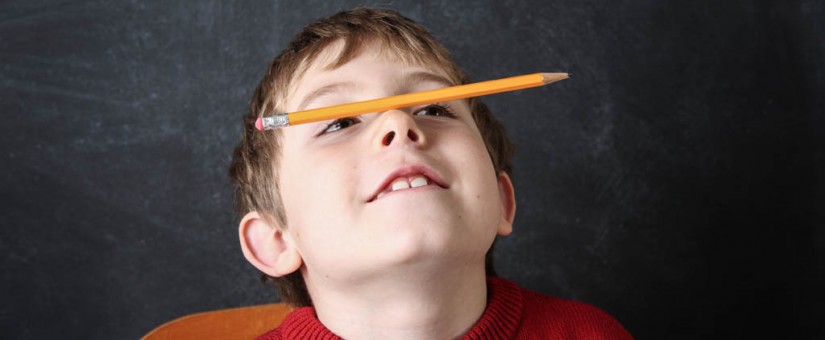
Attention Deficit Hyperactivity Disorder (ADHD)
Dr Andrea Zalan, Neurodevelopmental and Behavioural Paediatrician BM BS, FRACP, Certificate in Child, Adolescent and Family Psychiatry.
Parents frequently feel frustrated when their children don’t seem to listen, are continually distracted or are unable to complete simple tasks. Teachers similarly complain if the child makes careless mistakes, is disorganized and disruptive or refuses to participate in academic activities.
In most environments an inattentive, restless, hyperactive child can cause a considerable challenge.
Whilst many children may be inattentive or disruptive at times, distinguishing ADHD from normal variations or other problems requires careful evaluation by an expert.
The DSM 5 criteria of ADHD requires several symptoms of inattentiveness, hyperactivity and/or impulsivity be present in a persistent manner in 2 or more settings resulting in impaired functioning. These symptoms must manifest prior to 12 years of age and cannot be solely attributed to another condition.
DSM 5 classification has 3 sub-categories differentiating between Predominantly Inattentive, Predominantly Hyperactive/Impulsive and Combined type of ADHD,(depending on the prominence of the presenting symptoms).
Comprehensive diagnostic assessment
Documenting the main Symptoms
- Inattentiveness can manifest as distractibility,forgetfulness, making careless mistakes, difficulty finishing tasks, not listening to instructions, poor organization skills, losing objects, poor sustained attention or avoidance of tasks needing sustained mental effort.
- Hyperactivity might be displayed in restlessness, fidgetiness, running, climbing or even talking excessively.
- Impulsivity may cause blurting out of answers, difficultyawaiting their turn or interrupting others.
Confirming the presence of symptoms in 2 or more settings
- Collecting information from teachers or other caregivers, ideally through standardized questionnaires.
Considering and assessing alternative or co-morbid diagnosis
- Visual or Hearing Impairment (Glue Ear)
- Sleep deprivation (Sleep Disorder, OSA)
- Specific Learning Disorder, Dyslexia
- Intellectual Disability
- Language Disorder
- Anxiety, Depression, Adjustment Disorder
- Psychosocial stress (family conflict, bullying)
- Oppositional and Defiant Disorder
- Autism Spectrum Disorder
Assessing the child’s overall health
- Physical and psychological wellbeing
- Developmental level (physical, adaptive, social-emotional, communication and cognitive domains)
- Specific neuropsychological performance (e.g. sustained attention, ability to switch attention, short/long term memory recall, mental inhibitions and intrusions and consistency of performance)
Management
- Implementation of behavioral and parenting strategies is essential.
- Increased exercise, dietary interventions or neurofeedback might also be beneficial for some.
- Trialing and using psychostimulant medication, if necessary. Ritalin, Dexamphetamine or Vyvanse are the first choice for pharmacological treatment.
- Confirming adequate response to treatment, such as improved concentration, better listening and learning skills and more appropriate behaviors, is paramount.
- Regular monitoring to adjust the medication for optimal effectiveness with minimal side effects is necessary. (Most common side effects are reduced appetite, weightloss, tachycardia, delayed sleep onset).
- Advocacy in the school environment can also be helpful.
Outcome
This depends on timely identification and appropriate management of ADHD and any co-existing disorders. It is crucial that the symptoms of ADHD are alleviated before any secondary consequences, such as impaired parent-child relationship, social conflicts, poor learning outcomes, would negatively impact on the child’s self esteem and family harmony.
treatment.
- Posted by MM_admin
- On October 19, 2017
- 0 Comments



0 Comments